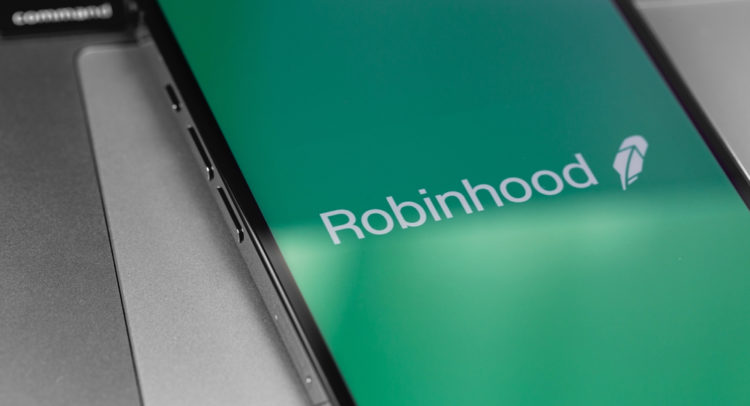Robinhood Markets (HOOD) has a clear mission: to democratize finance for all. The company’s modern financial services platform allows for everyone, notwithstanding their wealth, income, or background, to have access to the world of trading and investing.
With retail investing becoming increasingly more popular and the stock market’s reputation as a relatively reliable wealth creator over the long term being increasingly solidified, Robinhood’s total addressable market prospects have definitely grown over the past few years.
Robinhood’s plan to compete with the already well-established competitors in the space includes breaking down the systemic barriers to investing, which include expensive commissions, minimum balance requirements, and complicated, jargon-filled paperwork. Robinhood’s modern application and cool-looking user interface further make for an appealing characteristic, especially with regards to younger audiences.
In my view, Robinhood makes for an interesting investment case, with the company growing rapidly, and likely set to continue winning a larger piece of the pie in its industry.
That said, I believe there is significant risk in terms of projecting the company’s medium-term growth prospects, while the valuation is not inexpensive enough to compensate for these risks. Hence, I am neutral on the stock. (See Analysts’ Top Stocks on TipRanks)
Q3 Results
Robinhood’s total revenues were expanding rapidly up until Q2 2021. In its Q3 2021 results, the company’s total net revenues declined sequentially from $451 million to $267 million.
However, this was still 32.1% higher year-over-year, which makes for strong overall growth. It’s also worth noting that the main driver behind the sequential revenue decline was due to lower crypto revenues.
Crypto revenues enjoyed a one-off boost in Q2 2021, when volatility in coins was above average. In fact, revenues from equities and options did not decline during this period, so the seemingly sequential decline is not as worrying as it sounds in the first place.
Monthly Active Users (MAUs) also declined sequentially from 21.3 million to 18.9 million, but again, the metric still posted staggering growth of 76.6% versus the comparable period last year.
Robinhood’s growth should continue amid a clear positive trajectory of user inflow. The ongoing market volatility should also assist in that. However, the company posted a net loss of $1.32 billion in Q3, or $2.06 per diluted share, compared with a net loss of just $11 million, or $0.05 per diluted share in Q3 2020.
Even if we are to add back all of Robinhood’s “adjusted” but questionably extraordinary costs, it doesn’t get much better. Specifically, the company’s adjusted EBITDA landed at an underwhelming negative $84 million, indicating an adjusted EBITDA margin of -23%.
Wall Street’s Take
Turning to Wall Street, Robinhood Markets has a Moderate Buy consensus rating, based on six Buys, five Holds, and one Sell assigned in the past three months. At $45.42, the average Robinhood Markets price target implies 107.1% upside potential, nonetheless.

Disclosure: At the time of publication, Nikolaos Sismanis did not have a position in any of the securities mentioned in this article.
Disclaimer: The information contained in this article represents the views and opinion of the writer only, and not the views or opinion of TipRanks or its affiliates Read full disclaimer >









